Send With Confidence
Partner with the email service trusted by developers and marketers for time-savings, scalability, and delivery expertise.


Time to read: 8 minutes
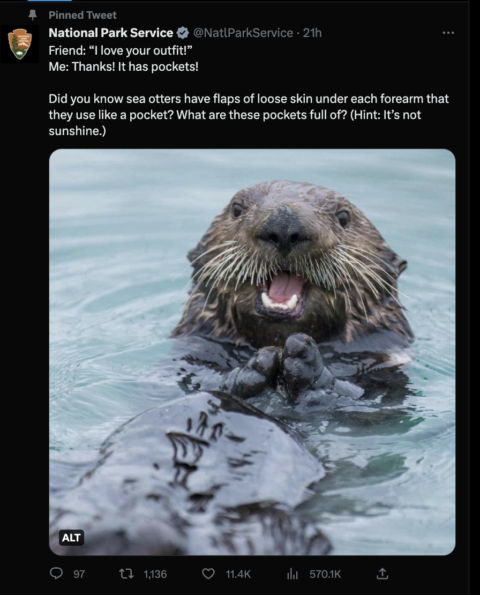
Dog grooming expert Jess Rona promotes her business through fun posts that appeal to her dog-loving audience. Her fun videos feature adorable pups (like her dog Meemu) while offering a peek into the dog grooming process.
View this post on Instagram

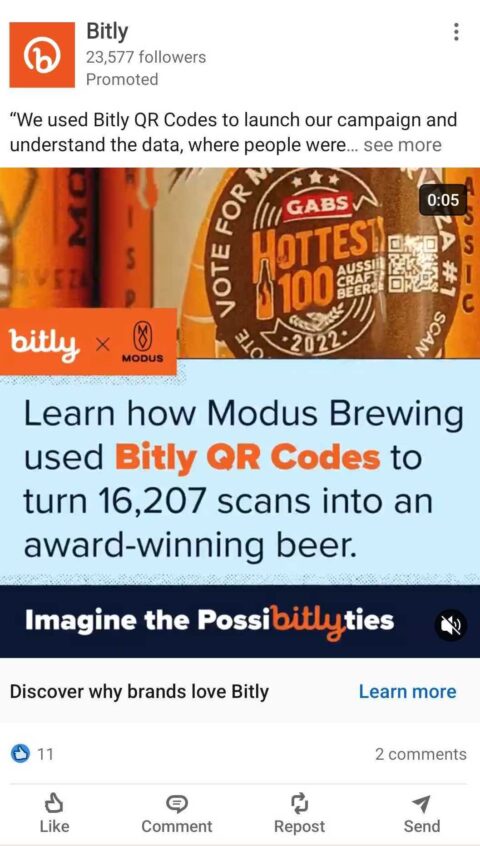
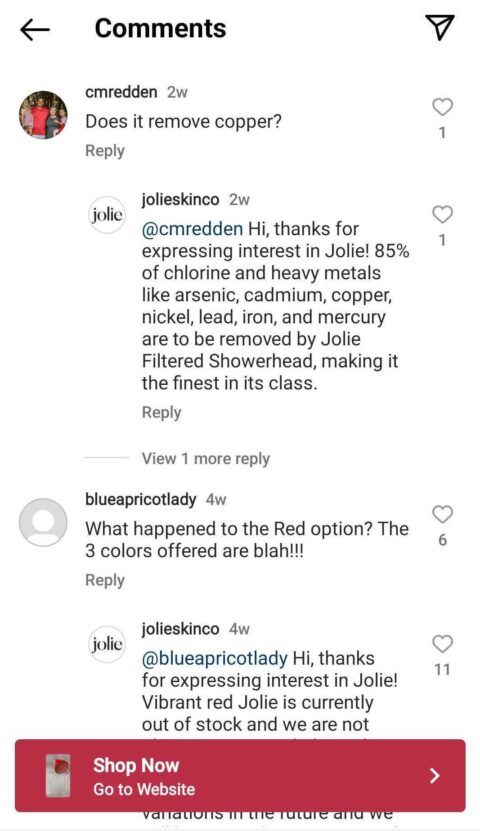
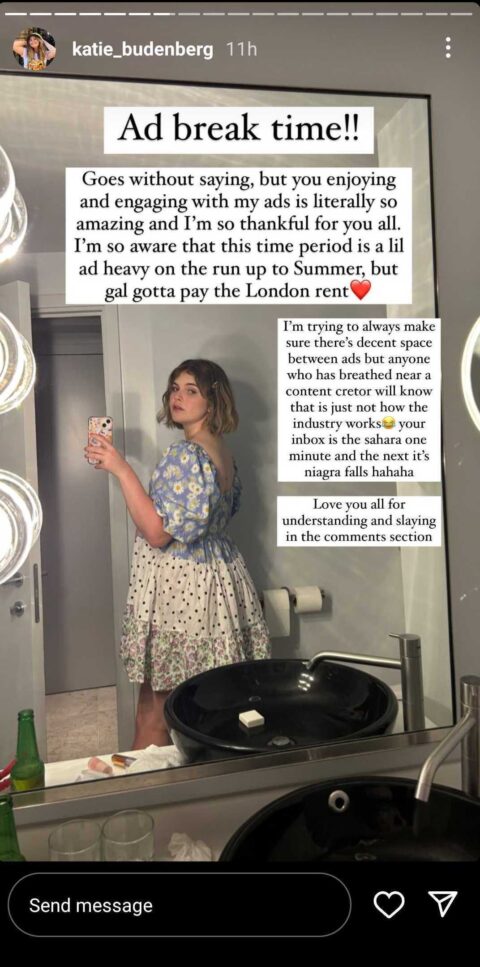
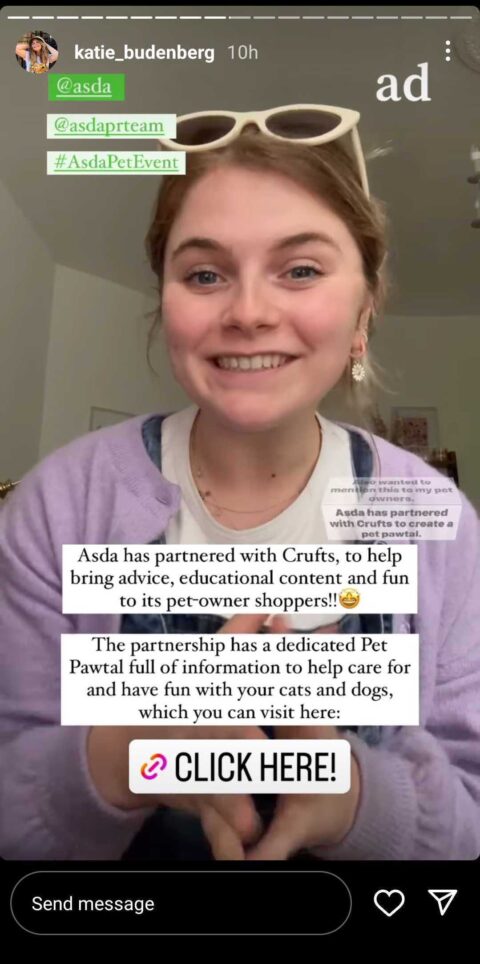
Partner with the email service trusted by developers and marketers for time-savings, scalability, and delivery expertise.